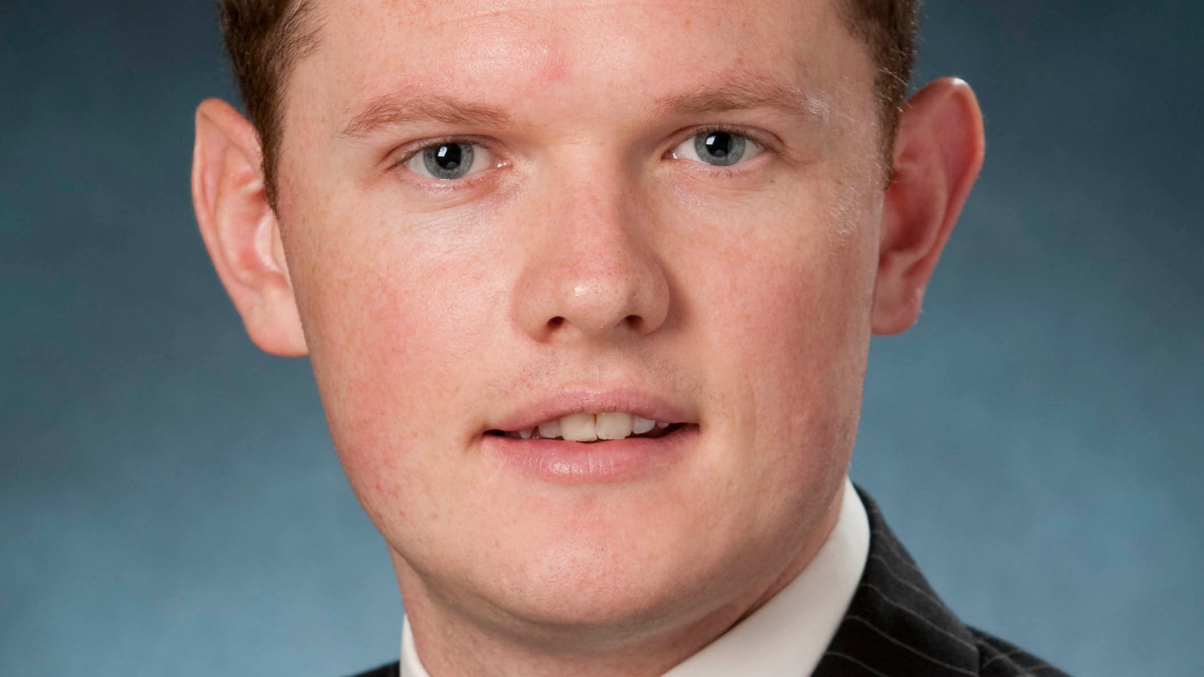JP Morgan AM in Singapore retail buildout
The US firm is set to register more funds in the Lion City with a focus on equity income-type products, and broaden its range of distribution channels.

Having set up its onshore retail business in Singapore in September 2010, JP Morgan Asset Management plans to register more funds in the next quarter with a focus on multi-asset income.
Sign In to Your Account
Access Exclusive AsianInvestor Content!
Please sign in to your subscription to unlock full access to our premium AI resources.
Free Registration & 7-Day Trial
Register now to enjoy a 7-day free trial—no registration fees required. Click the link to get started.
Note: This free trial is a one-time offer.
¬ Haymarket Media Limited. All rights reserved.


